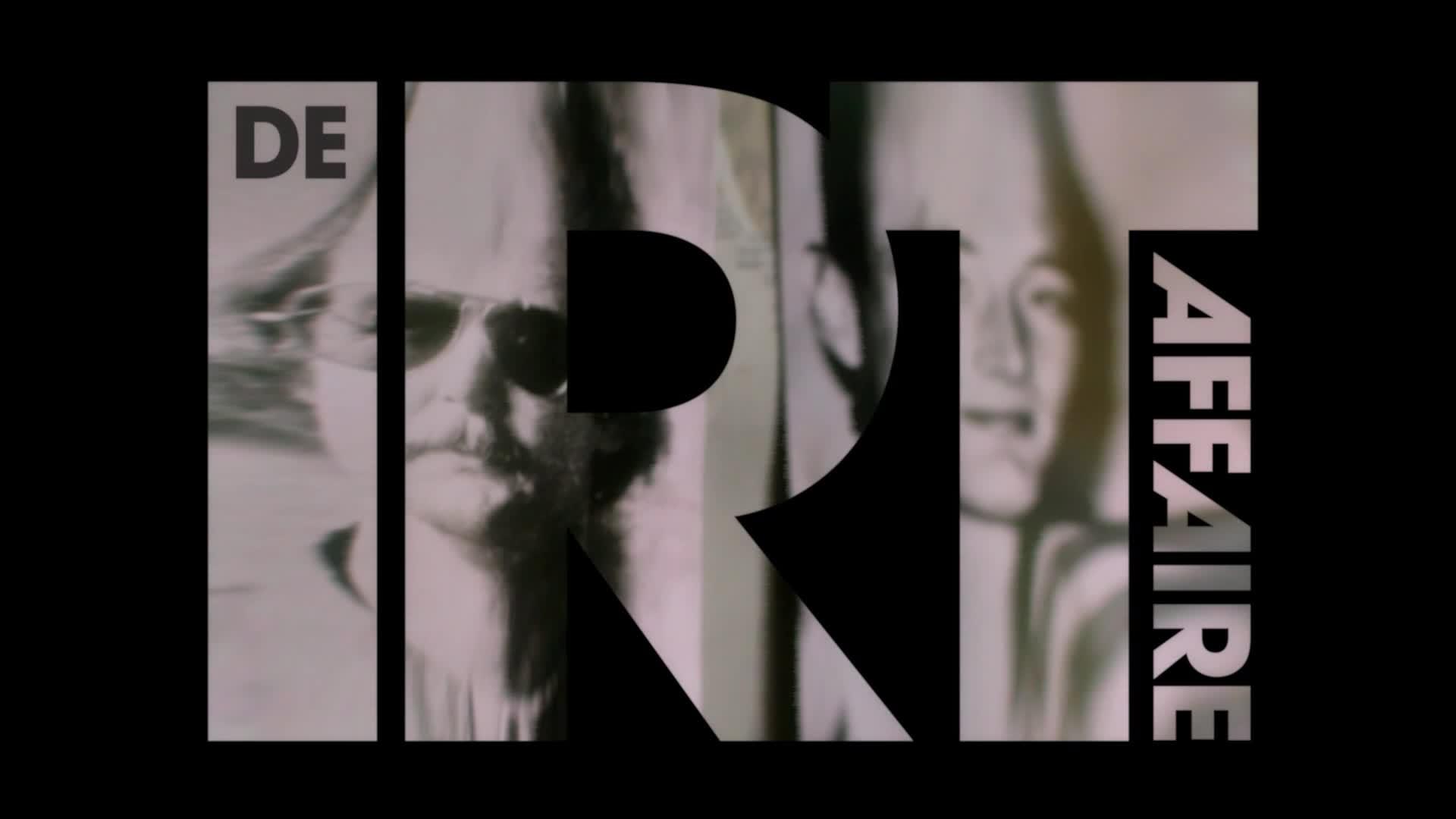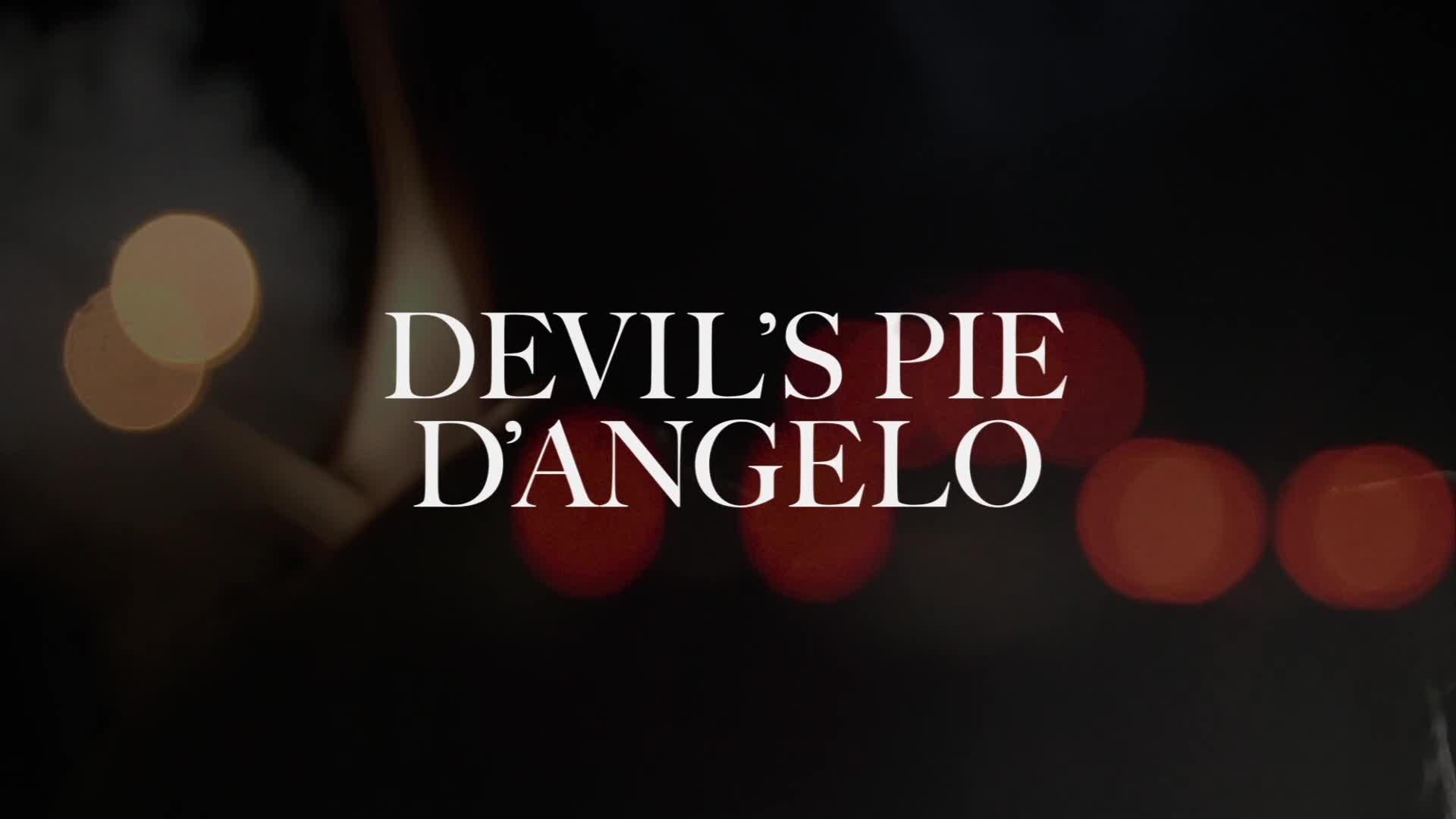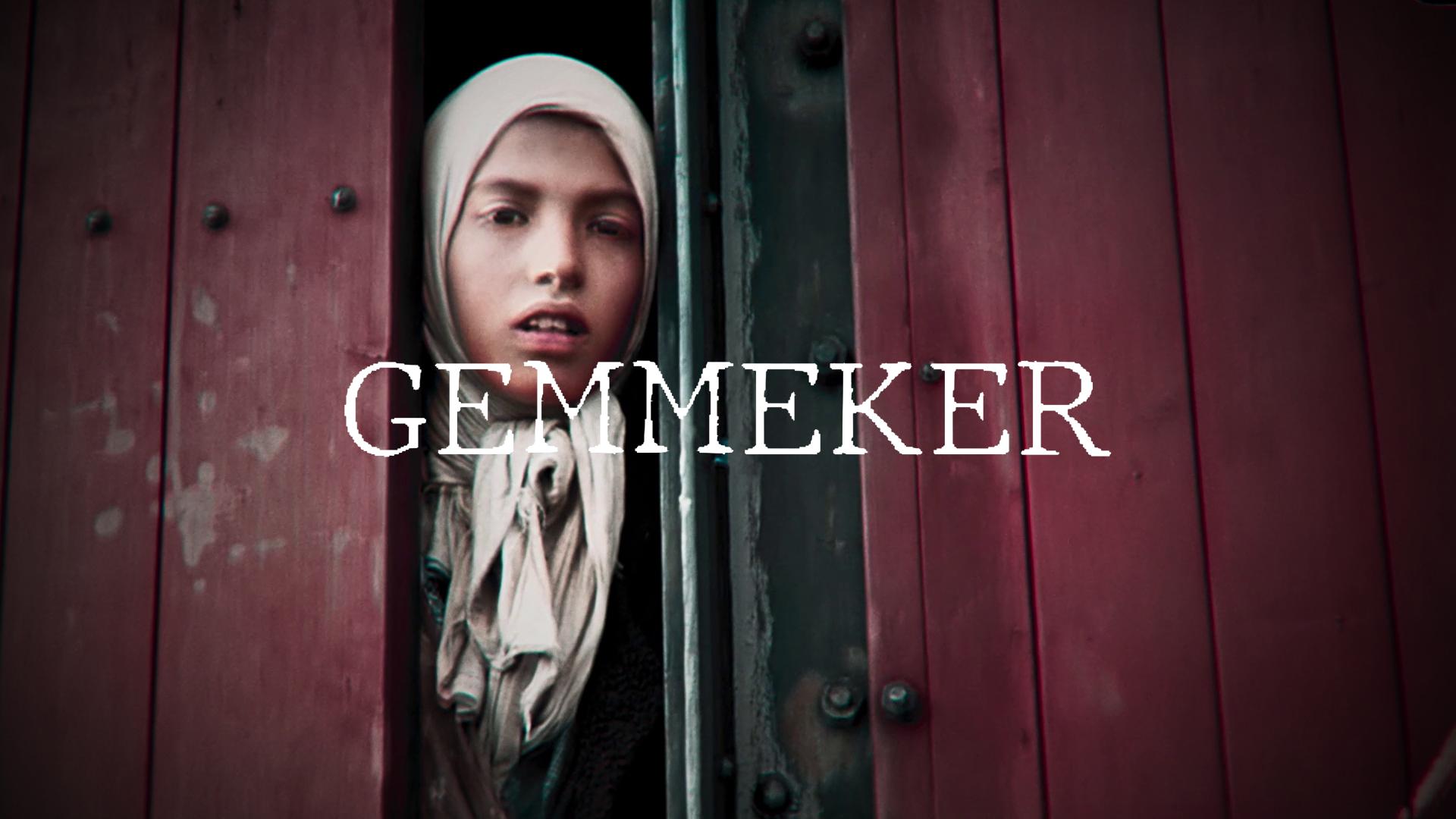
“When I told my mother a boy was hitting me on the playground, she said: ‘That’s because he likes you.’” So begins this exposé about femicide, with the sentence appearing in black letters on a bright red background. After that we see a brutal fight, ending with a wide few. Director Coco Schrijber was looking for a typography with “ice cold” letters.
During the film, big number appear sometimes. At the end of the film it becomes clear these numbers refer to the women that we’re killed while you we’re watch the film.
“When I told my mother a boy was hitting me on the playground, she said: ‘That’s because he likes you.’” So begins this exposé about femicide, with the sentence appearing in black letters on a bright red background. The film shows three women who survived abusive relationships—by becoming murderers themselves. Laura from Finland, Rachel from the Netherlands and Rosalba from Italy explain how and, more importantly, why they killed their partners. One speaks eloquently, another haltingly, but all three are candid.
Director Coco Schrijber steers well clear of sensationalism and places their stories into a wider perspective: “Every year, more than 30,000 women worldwide are killed by their partners.” Random men on the street are handed a note with this message—they react with surprise, shock, resignation or indifference.
The argumentation moves from a cleaner of crime scenes to the 17th-century painting “Judith Beheading Holofernes” by Artemisia Gentileschi. And the anonymous woman in red, who is trying to survive in an abusive relationship—will she also become a perpetrator? Is there another way out?
Nominated for IDFA Award for Best Dutch Film


